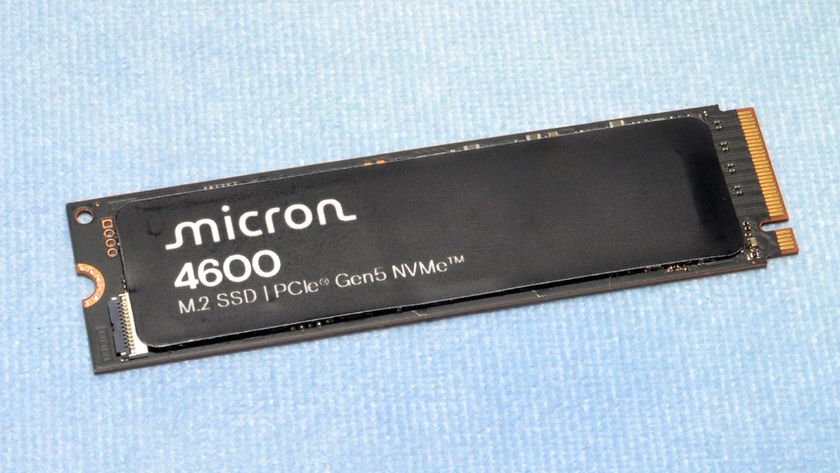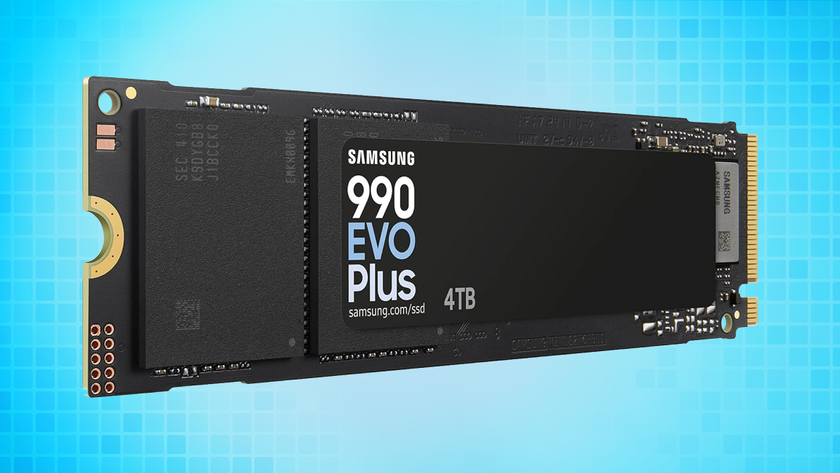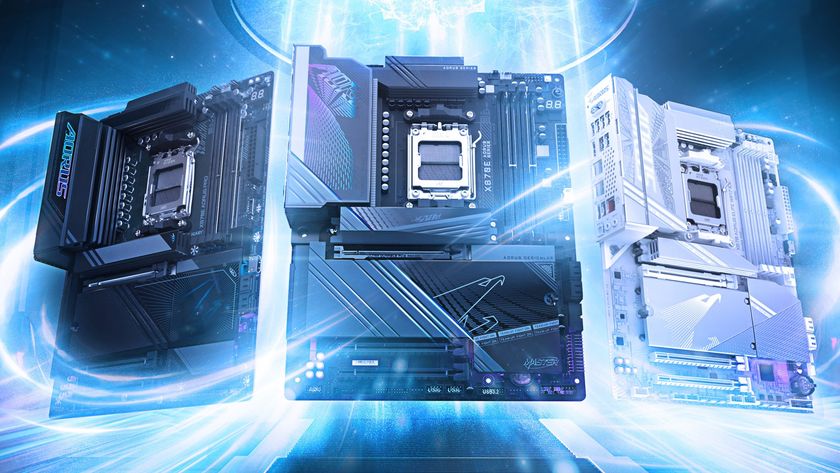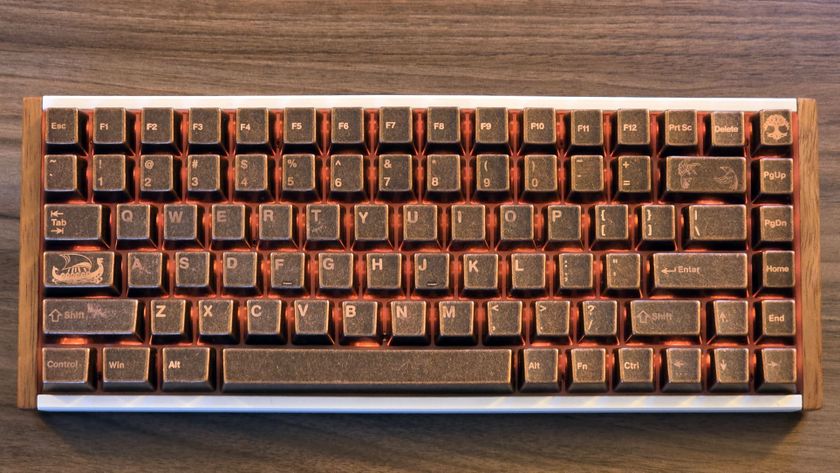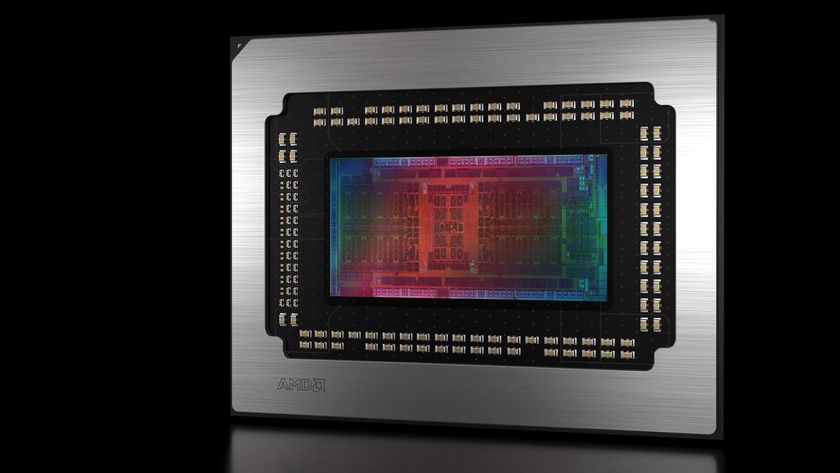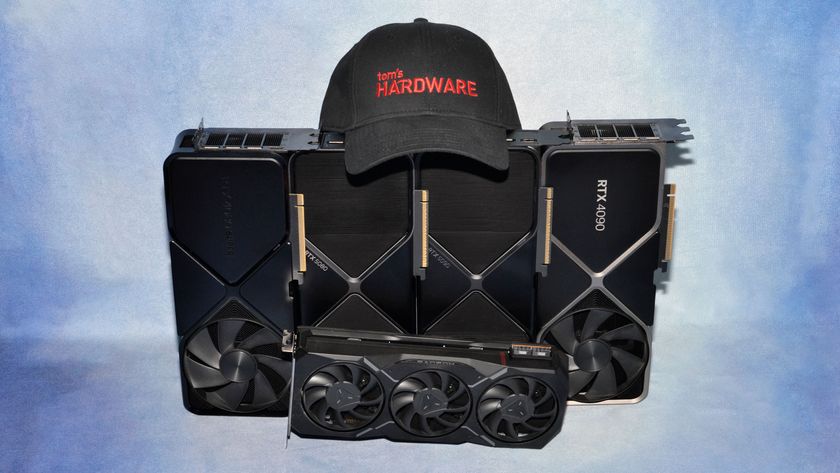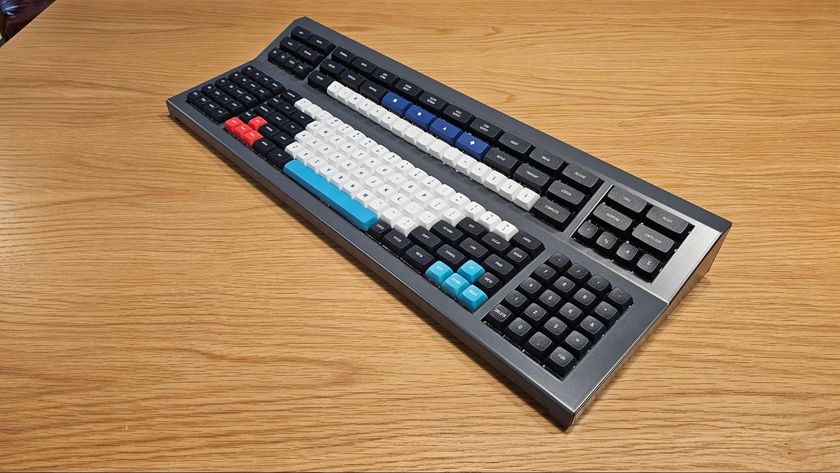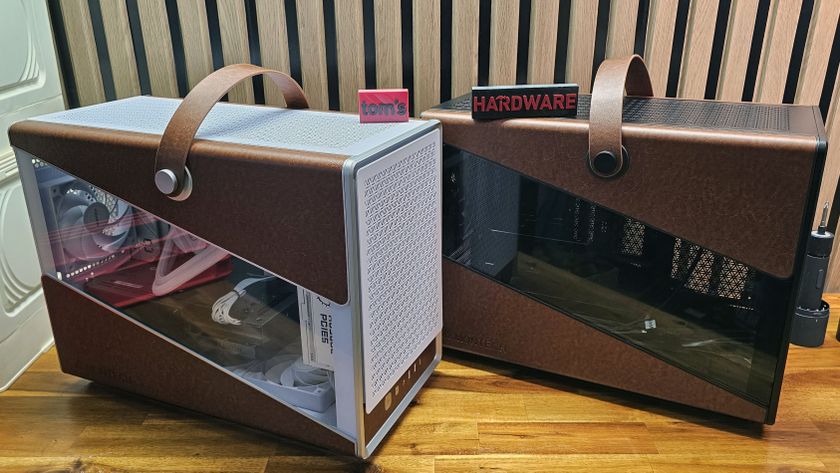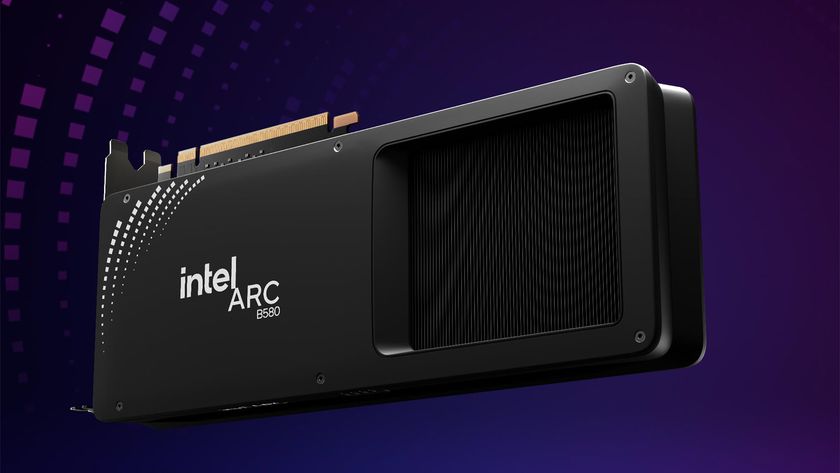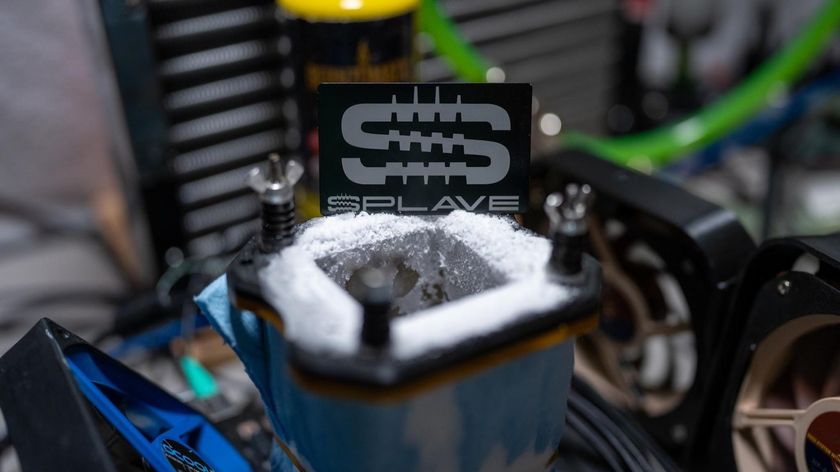SSD RAID: Do You Want A Cheap Array Or One Larger Drive?
You're on a budget. You want to know if it'd be better to stripe a couple of smaller SSDs or simply buy one larger performance-oriented drive. Today we're comparing one, two, and four 30 GB Kingston SSDNow V drives to Zalman’s new 128 GB N-series SSD.
Conclusion
This article aims at enthusiasts who want to maximize storage performance and those who want to know how to best spend their money: by either purchasing a single SSD or by going with a couple of low-budget, low-capacity solid state drives. Since most retail motherboards come with RAID functionality built-in, it makes sense to put an inexpensive SSD-based RAID array up against one powerful SSD. However, we found that this makes only limited sense. Let’s look at some details.
Zalman’s entry into the SSD segment is successful. The N-series SSD is based on the SandForce SF-1220 controller, which currently is one of the best architectures available. Companies like Adata, Corsair, G.Skill, and OCZ all offer solid state drives based on this platform, and they all deliver comparable performance and efficiency. The throughput of Zalman’s SSD0128N1 is at the top end of the SATA 3Gb/s range. PCMark Vantage storage application performance is nice as well, and the I/O performance of all SandForce SF-1200 SSDs is as high as it can be. Once again, we can only recommend looking at prices and warranty, as the performance differences between several SandForce products are too small to be turned into purchase criteria. The bottom line is that the Zalman N-series SSD is a great product.
Now let’s take a look at the SSD RAID performance results, as these aren’t as clear. First of all, we need to repeat that Kingston’s SSDNow V 30 GB drives are being replaced by the V100-series, employing a JMF-618 controller by JMicron. This means that the 30 GB capacity will be gone soon. But it could also represent an opportunity if stores want to clear their inventory. However, the SSDNow V 30 GB isn’t a great performer when it comes to I/O performance or write throughput. This is because of the Toshiba controller, which just isn’t very strong, and can only convince in sequential read testing.
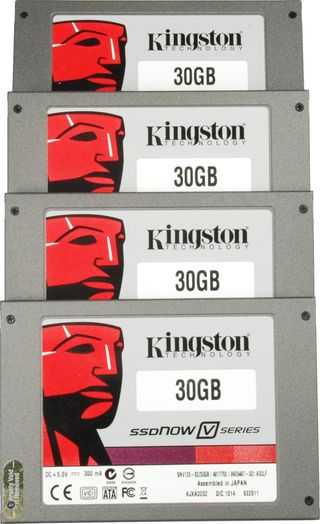
Yet, two or even four of these entry-level drives will boost performance levels quite a bit. We found that throughput increases way over 600 MB/s and that write performance is much more consistent on RAID setups than it is on an individual drive. While almost all results benefit from utilizing two or even four drives in RAID 0, the RAID setups still cannot make up for the weaknesses of the aged Toshiba controller. Throughput is stellar; everything else is not.
Users who primarily want sequential throughput can of course consider an SSD RAID array. But for everyone else, we recommend investing in a single more enthusiast-oriented SSD for similar money. We did not only come to this conclusion because of the ambivalent performance results, but also because of the potential trouble you can run into if a RAID 0 array should ever fail. Since your entire array is lost if only one drive fails, we recommend staying away from such configurations unless really necessary for performance reasons--and back your data up regularly. The results would change if you were to use faster products for such an array, but then cost would increase quite a bit.
We didn’t measure power consumption or efficiency, because these items are mostly negligible if you aim at maximizing storage performance. Efficient SSDs require only 2-3 W at peak load situations, and using up to four would result in 10-15 W maximum power consumption based on modern drives. Have a look at our last SSD roundup for power consumption details. Zalman’s N-series is as power efficient as other SandForce drives, and the Kingston SSDNow V 30 GB is similarly low because it runs fewer flash memory channels.
We'll also dive into the implications of using an SSD-based RAID array on TRIM support in an upcoming story, so stay tuned!
Stay On the Cutting Edge: Get the Tom's Hardware Newsletter
Get Tom's Hardware's best news and in-depth reviews, straight to your inbox.
Current page: Conclusion
Prev Page Benchmark Results: PCMark Vantage Storage Test